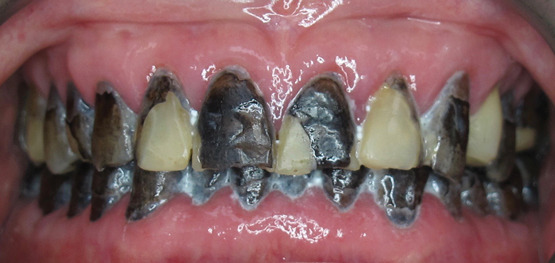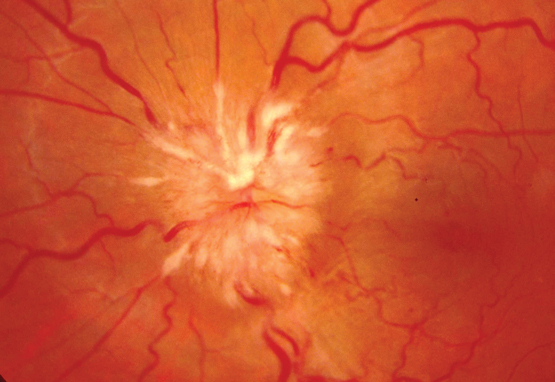Patients face higher out-of-pocket costs as the medical profession struggles under pressure from the Federal Government’s Medicare rebate freeze.
As a result of the Government’s freeze, the gap between the Medicare rebate and the fee the AMA recommends GPs charge for a standard consultation will increase to $40.95 from 1 November, up from $38.95, continuing the steady devaluation of Medicare’s contribution to the cost of care.
The increase comes on top of the effects of the Medicare rebate freeze, which is forcing an increasing number of medical practices to abandon or reduce bulk billing and begin charging patients in order to remain financially viable.
Adding to the financial squeeze, the Government is considering changes that would cut the rents practices receive for co-located pathology collection centres that the AMA estimates would rip up to $150 million from general practice every year.
Under the changes recommended by the AMA, the fee for a standard Level B GP consultation will increase by $2 to $78, while the Medicare rebate remains fixed at just $37.05.
AMA Vice President Dr Tony Bartone said doctors had kept medical fee increases to a minimum, but Medicare indexation lagged well behind the cost of providing medical care.
“The MBS simply has not kept pace with the complexity or cost of providing high quality medical services,” Dr Bartone said.
The rise is roughly in line with Reserve Bank of Australia forecasts for underlying inflation, currently at 1.5 per cent, to rise anywhere up to 2.5 per cent by the middle of next year, and reflects steady increases in medical practice costs.
Staff wages, rent and utility charges have all increased, as have professional indemnity insurance premiums, continuing professional education costs and accreditation fees.
While practice running costs are rising, the Government’s contribution to the cost of care through Medicare has been frozen for more than two years, and in many cases far longer.
The Medicare rebate for GP services has not been indexed since mid-2014, while the last rebate increase for most other services was in November 2012. In the case of pathology and diagnostic imaging the rebate freeze is even longer, going back more than 15 years.
Dr Bartone said the rebate freeze was pushing up patient out-of-pocket costs.
“Many patients will pay more to see their doctor because of the Medicare freeze,” he said. “The freeze is an enormous burden on hardworking GPs. Practices cannot continue absorbing the increasing costs of providing quality care year after year. It is inevitable that many GPs will need to review their decision to bulk bill some of their patients.”
The AMA is pressing the Government to reverse the rebate freeze, and AMA President Dr Michael Gannon has declared he would be “gobsmacked” if it was still in place by the time of the next Federal election, due in 2019.
But Health Minister Sussan Ley has played down hopes that indexation will soon be reinstated, warning that there will not be a change of policy “any earlier than our financial circumstances permit”.
The Government is trying to curb the Budget deficit and rein in ballooning debt.
As part of its strategy, it is increasingly pushing the cost of health care directly onto patients.
Australian Institute of Health and Welfare figures show the Commonwealth’s share of the nation’s health bill slipped down to 41 per cent in 2014-15, while patients’ share has increased to almost 18 per cent, and Australians now pay some of the highest out-of-pocket costs for health care among Organisation for Economic Co-operation and Development countries.
The cost of health
How AMA recommended fees compare with the frozen Medicare rebates
|
Medical Service |
AMA Fee (2015) |
AMA Fee (2016) |
MBS Schedule Fee (2016) |
|
Level B GP consult (MBS item 23) |
$76.00 |
$78.00 |
$37.05 |
|
Level B OMP consult (MBS item 53) |
$76.00 |
$78.00 |
$21.00 |
|
Blood test for diabetes (MBS item 66542) |
$48.00 |
$49.00 |
$18.95 |
|
CT scan of the spine (MBS item 56219) |
$990.00 |
$1,055.00 |
$326.20 |
|
Specialist – initial attendance (MBS item 104) |
$166.00 |
$170.00 |
$85.55 |
|
Consultant Physician – initial attendance (MBS item 110) |
$315.00 |
$325.00 |
$150.90 |
|
Psychiatrist attendance (MBS item 306) |
$350.00 |
$355.00 |
$183.65 |
Adrian Rollins

 more_vert
more_vert
